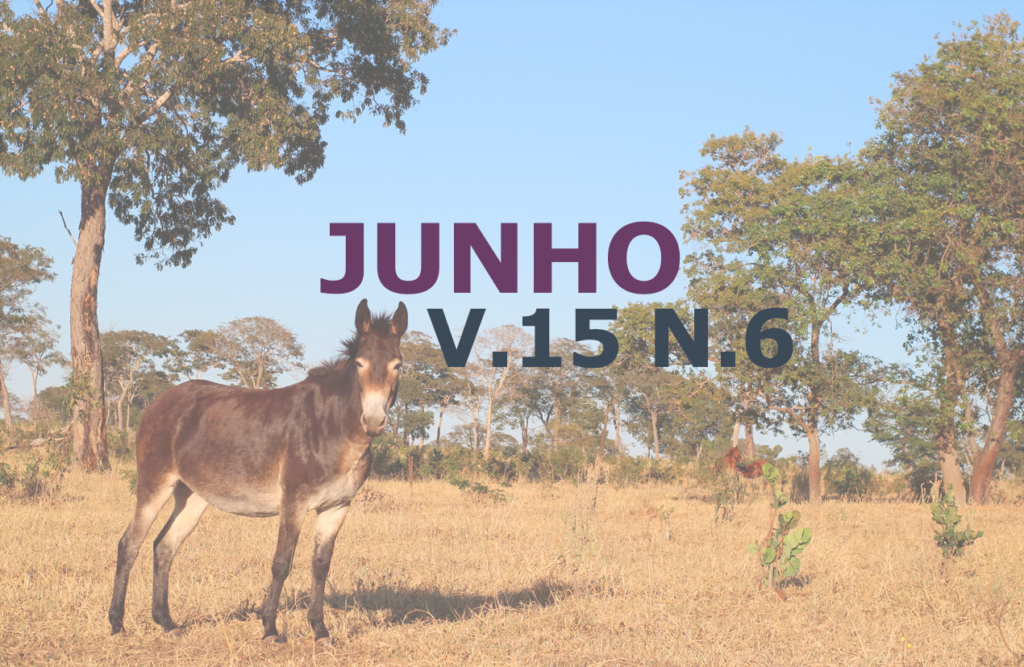Giardiasis and your relevance in public health
DOI:
https://doi.org/10.31533/pubvet.v15n06a828.1-8Keywords:
Giardia lamblia, giardiasis, protozoanAbstract
Giardiasis is classified as a disease of social character; its epidemiology is directly related to the socioeconomic profile of the population. The protozoan named as Giardia lamblia is responsible for diarrhea, dehydration, distension, abdominal pain and weight loss. This is due to the fixation of the trophozoite form in the enterocyte, in addition to its dispersion throughout the duodenum region. Through contact between humans and animals, the giardia cycle can promote a zoonotic infection, because of the numerous sources of infection, especially fecal-oral contamination or ingestion of contaminated water. Different diagnostic methods are used to ascertain whether the animal is positive for giardia, and the Enzyme Linked Immunosorbent Assay method is considered more reliable for this case. Among the numerous treatment protocols described in the literature, the primacy for the use of the drugs as metronidazole, tinidazole and furazolidone is evident. Prophylaxis consists in maintaining good personal hygienic habits, emphasizing mainly the correct washing of the hands as the most efficient. The present work aims to conduct a literature review on giardiasis, commenting on its etiology, epidemiological aspects, pathogenesis, clinical signs, forms of diagnosis and treatment. Thus, in order to enrich the information about the disease for health professionals and seeking to update the debate about it, emphasizing its importance.
Downloads
Published
Issue
Section
License
Copyright (c) 2021 Felipe de Paula Sá, Lucas Cavalcante de Moura, Pablo Luiz Marins Mota, Daniela Mello Vianna Ferrer

This work is licensed under a Creative Commons Attribution 4.0 International License.
Você tem o direito de:
Compartilhar — copiar e redistribuir o material em qualquer suporte ou formato
Adaptar — remixar, transformar, e criar a partir do material para qualquer fim, mesmo que comercial.
O licenciante não pode revogar estes direitos desde que você respeite os termos da licença. De acordo com os termos seguintes:
Atribuição
— Você deve dar o crédito apropriado, prover um link para a licença e indicar se mudanças foram feitas. Você deve fazê-lo em qualquer circunstância razoável, mas de nenhuma maneira que sugira que o licenciante apoia você ou o seu uso. Sem restrições adicionais
— Você não pode aplicar termos jurídicos ou medidas de caráter tecnológico que restrinjam legalmente outros de fazerem algo que a licença permita.





